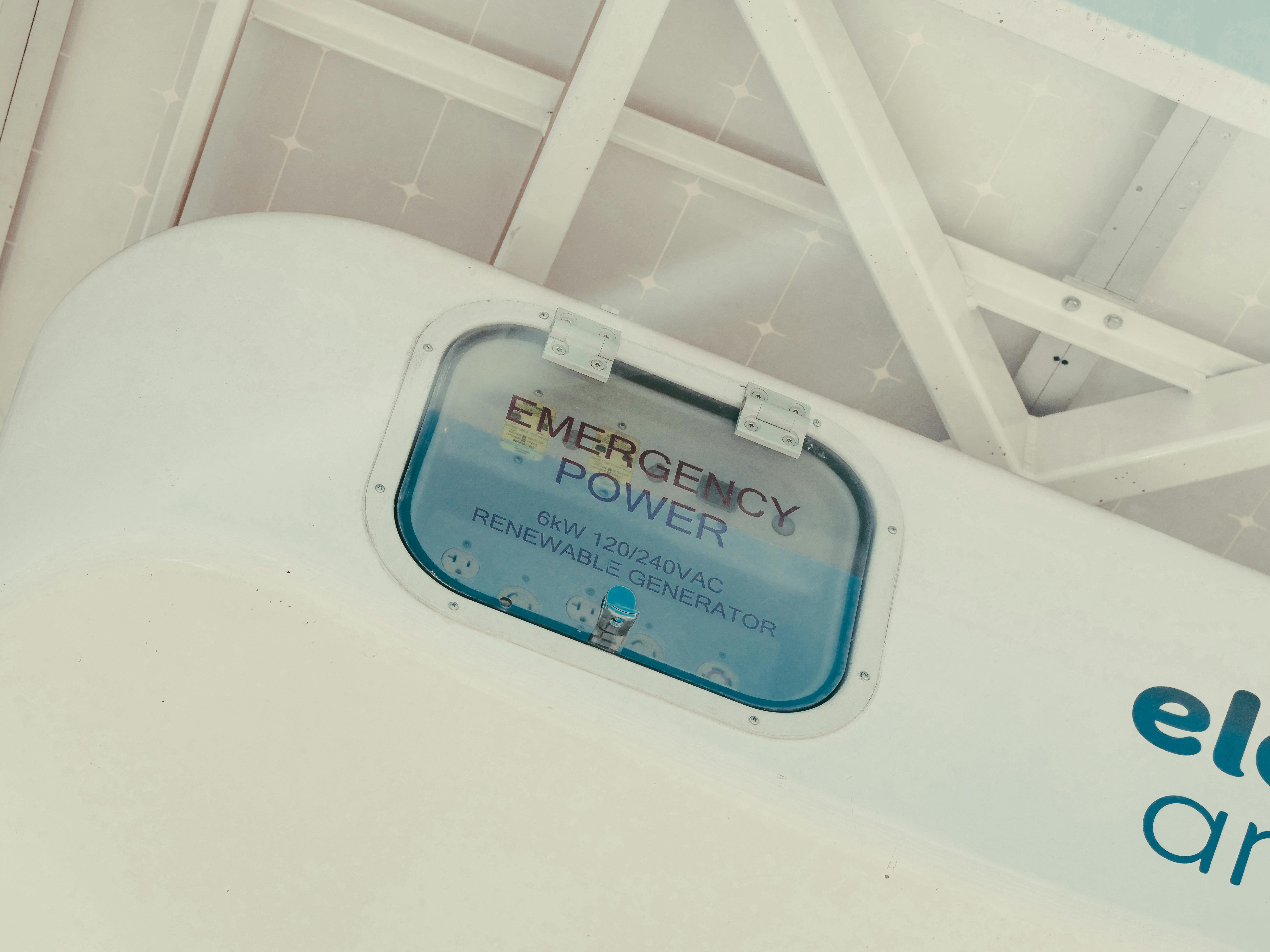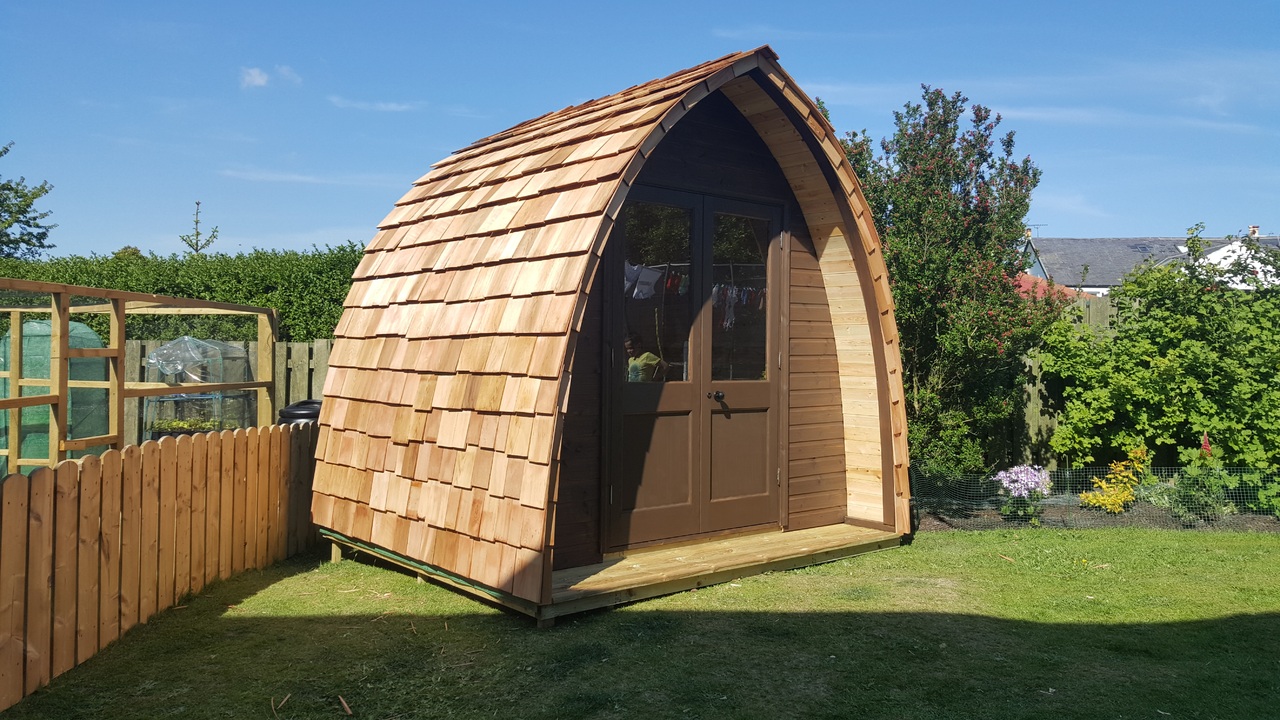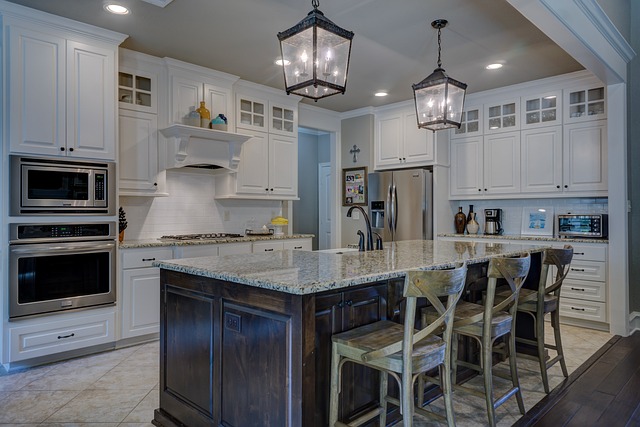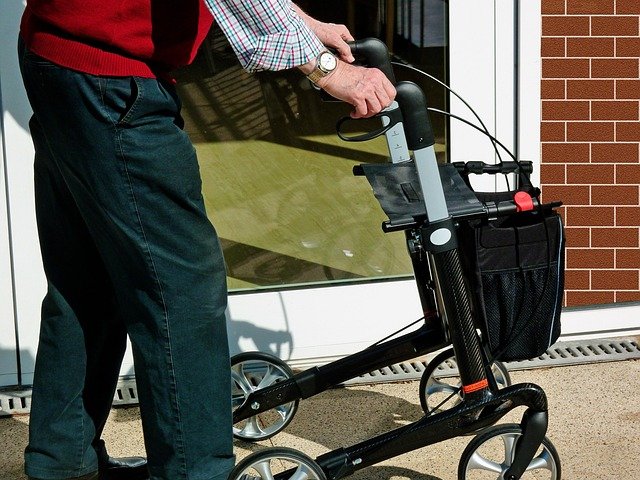Emergency Generator Buying Guide: What You Need to Know Before Choosing Your Next Emergency Generator
When power outages strike, having a reliable emergency generator can make the difference between comfort and chaos. Whether you're preparing for natural disasters, severe weather, or unexpected blackouts, selecting the right generator requires careful consideration of your specific needs, power requirements, and budget constraints. This comprehensive guide will help you navigate the essential factors in choosing an emergency generator that best suits your situation.

Understanding Different Types of Emergency Generators
Emergency generators primarily come in two main categories: portable generators and standby generators. Portable units are mobile, typically powered by gasoline or propane, and ideal for occasional use or smaller power needs. Standby generators are permanent installations that automatically activate during power failures and can power an entire home. Each type offers distinct advantages depending on your specific requirements and circumstances.
Determining Your Power Requirements
Before selecting a generator, calculate your power needs by listing essential appliances and their wattage requirements. Consider both starting watts (surge power needed to start appliances) and running watts (power needed to keep them running). Critical items might include:
-
Refrigerator: 600-800 running watts
-
Sump pump: 800-1,500 running watts
-
Heating system: 500-2,500 running watts
-
Lighting: 60-600 watts depending on number and type
-
Essential medical equipment: Varies by device
Key Features to Consider
Modern emergency generators come with various features that affect their functionality and convenience:
-
Automatic start systems
-
Fuel type compatibility (gasoline, propane, natural gas, or dual fuel)
-
Power output monitoring
-
Low-oil shutdown protection
-
Weather-resistant housing
-
Noise reduction technology
-
Remote monitoring capabilities
Installation and Maintenance Requirements
Proper installation and regular maintenance are crucial for reliable generator operation. Consider these factors:
-
Professional installation requirements for standby units
-
Proper ventilation and placement
-
Regular maintenance schedule
-
Fuel storage needs
-
Local permit requirements
-
Transfer switch installation
Cost Considerations and Popular Models
| Generator Type | Power Output | Typical Price Range | Installation Cost |
|---|---|---|---|
| Portable | 3,000-8,000W | $400-$1,500 | $0-$500 |
| Standby | 7,000-20,000W | $2,000-$6,000 | $3,000-$10,000 |
| Whole House | 20,000W+ | $5,000-$15,000 | $4,000-$12,000 |
Prices, rates, or cost estimates mentioned in this article are based on the latest available information but may change over time. Independent research is advised before making financial decisions.
Safety and Operating Considerations
Essential safety measures include:
-
Proper outdoor placement with adequate ventilation
-
Regular carbon monoxide detector testing
-
Appropriate fuel storage practices
-
Following manufacturer guidelines for operation
-
Maintaining safe distances from buildings
-
Regular testing and maintenance schedules
Choosing the right emergency generator requires balancing power needs, budget constraints, and practical considerations. Focus on selecting a unit that provides adequate power for your essential needs while considering long-term reliability and maintenance requirements. Remember to factor in installation costs, fuel availability, and local regulations when making your final decision.




